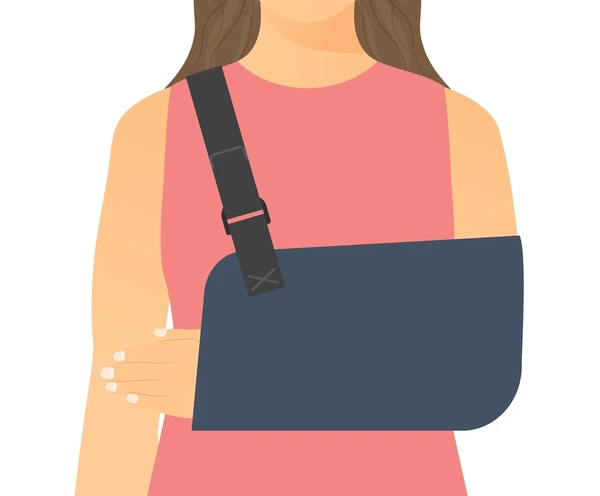Quality of Life After Reverse Shoulder Replacement
Reverse shoulder replacement can have a substantial impact on your shoulder function and quality of life. The procedure was developed in France and then approved for use in the United States in 2004. This technique flips or “reverses” the ball-socket relationship of the glenohumeral (shoulder) joint. A sphere is secured to the glenoid (socket) and a cup is placed on the humeral side. In doing so, the replacement is semi-constrained. This not only treats damage to the joint surfaces but also provides inherent stability not provided by a standard shoulder replacement which relies on the rotator cuff (in addition to soft-tissue and bony balance) to provide stability. As a result, the reverse allows treatment of conditions that previously did not have a good solution such as advanced arthritis combined with a massive rotator cuff tear.A study in the December 2013 issue of the Journal of Shoulder and Elbow Surgery reviewed the quality of life and function of patients after reverse shoulder replacement. In this study, 80 patients who had a reverse replacement were reviewed at an average of 5 years after surgery. Overall the survival rate of the replacement was 97%. Forward flexion improved from 100 degrees before surgery to 150 degrees after surgery. Patient’s self-reported quality of life was equal to that of the normal population. The complication rate was only 5%.In summary, this study demonstrates that patients who have a reverse shoulder replacement can have function and quality of life that is essentially equal to the normal population. This is outstanding considering that many of these patients previously did not have a solution for their shoulder problem. Moreover, the complication rate can be low in the hands of experienced high-volume surgeons. Of course, the reverse is only a solution for a select group of patients and it is important to understand factors that may affect long-term outcome such as age and previous surgery.
Similar posts



